Want To Construct Outdoor Gear or Equipment?
Tips From Fashion + Farming Experts
By Candace Dantes
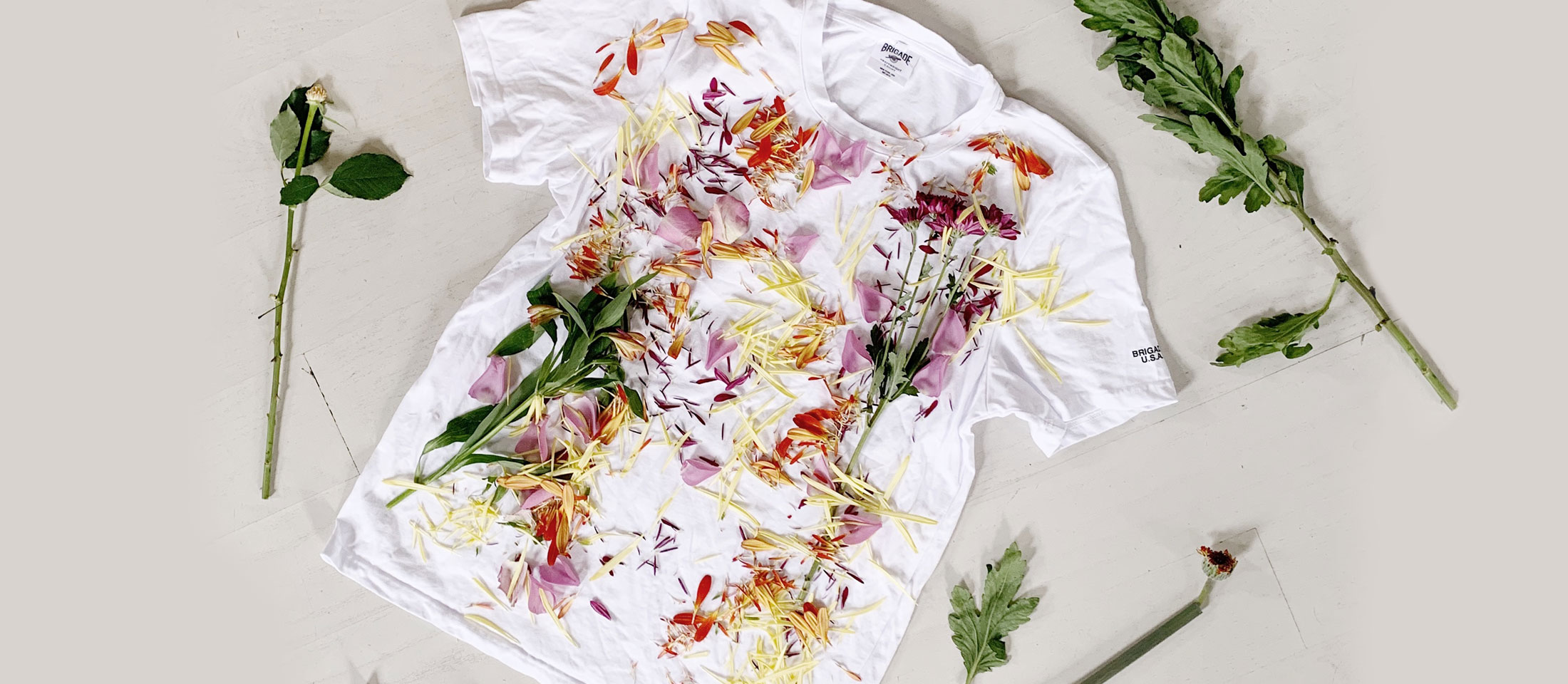
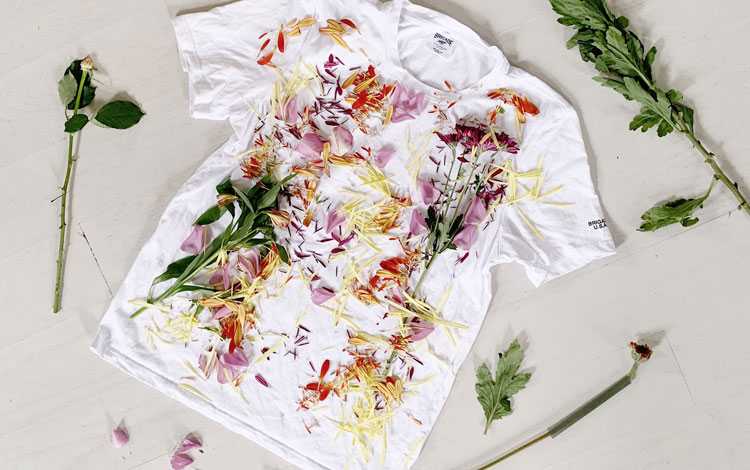
The routine workwear of ranchers, farmers, and cowhands calls for ancillary care in development.
Like most garments for outdoor lifestyles: thoughtful design.
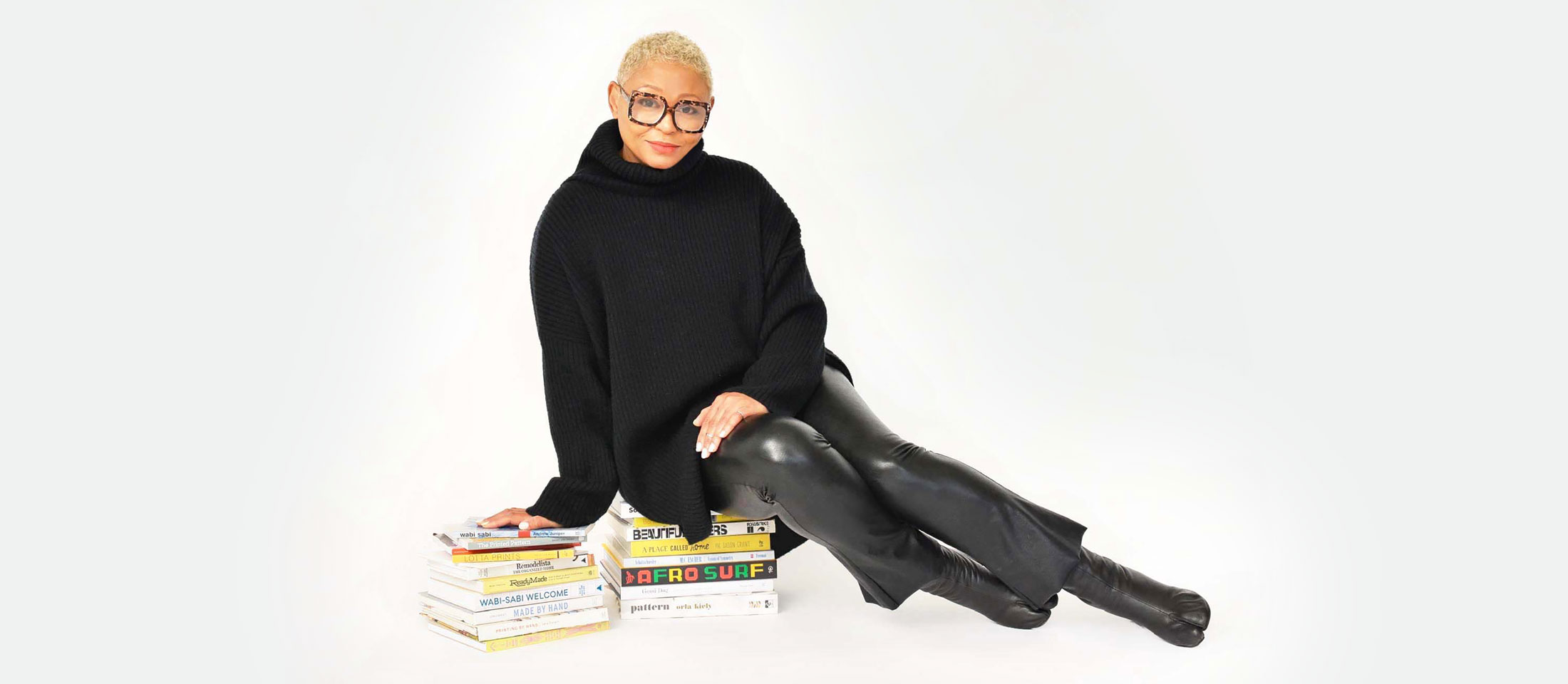
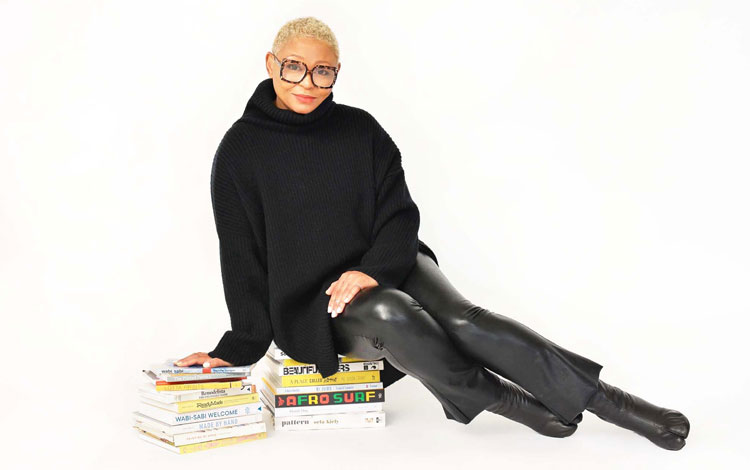
Angela Medlin’s iconic apparel design portfolio includes outerwear, sportswear, and activewear collections with international fashion brands. Photo by Landy Guerrier.
“As a problem solver, it’s up to me to figure out products that improve and protect those who work in nature-based industries,” said Angela Medlin, a veteran design director who has innovated clothes for global brands like Levi Strauss & Co., The North Face, Eddie Bauer, Nike and Adidas.
A Southern belle from Hamlet, North Carolina, Medlin laser-focused her nearly 30-year fashion career into practical and sustainable art. Just a year ago, her Portland, Oregon, company – Functional Apparel & Accessories Studio (FAAS for short) Design Collab – originated and launched a curriculum with outdoor retailer REI Co-op.
Jointly, REI Co-op x FAAS Design Collab taught next-generation designers and creatives how to become fashion solutionists.
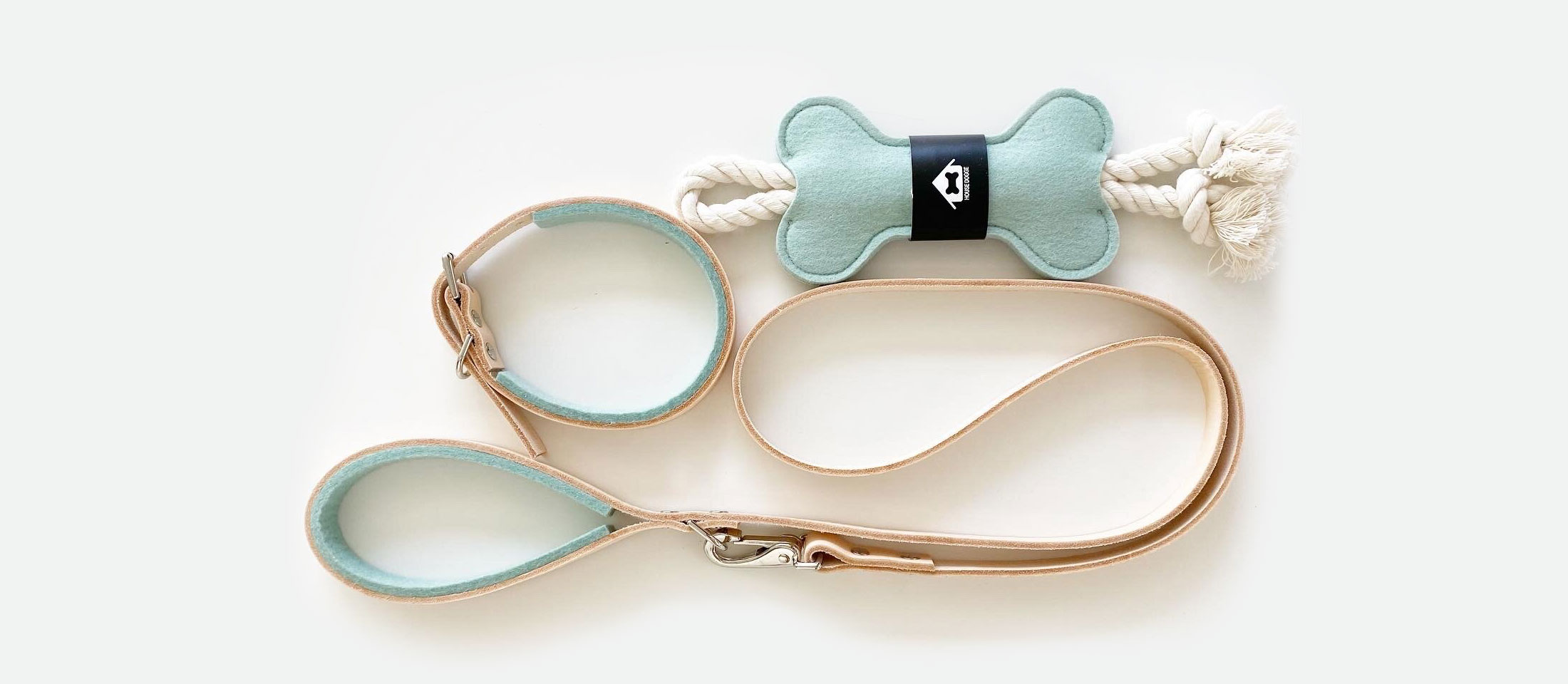
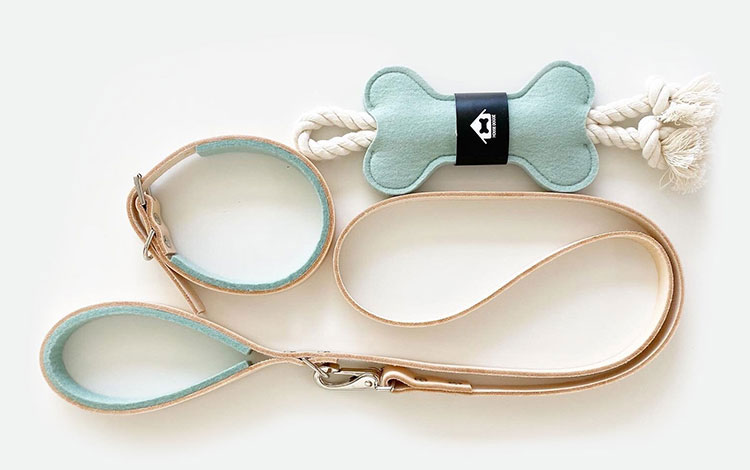
Medlin’s recently launched modern dog products, House Dogge, featured on ‘Oprah’s Favorite Things List.’ Photo by Angela Medlin.
Instructor Medlin posed the question to her pupils: If you could design for historical heroes like Harriet Tubman, what performance apparel would you create to make her wilderness journey easier?
At the end of the four-week course, 12 students were able to use consumer insights, market research and their natural instincts to produce attainable style ideas and realistic nature gear and equipment.
“I love my bright purple overalls with lots of pockets,” said farmer Zephrine Hanson of Hampden Farms, who’s also a former Air Force photojournalist and became a course participant. “That blend of fashion and function. My overalls remind me of my ’90s purple jeans from Cross Colours, which is where Angela started as a designer.”
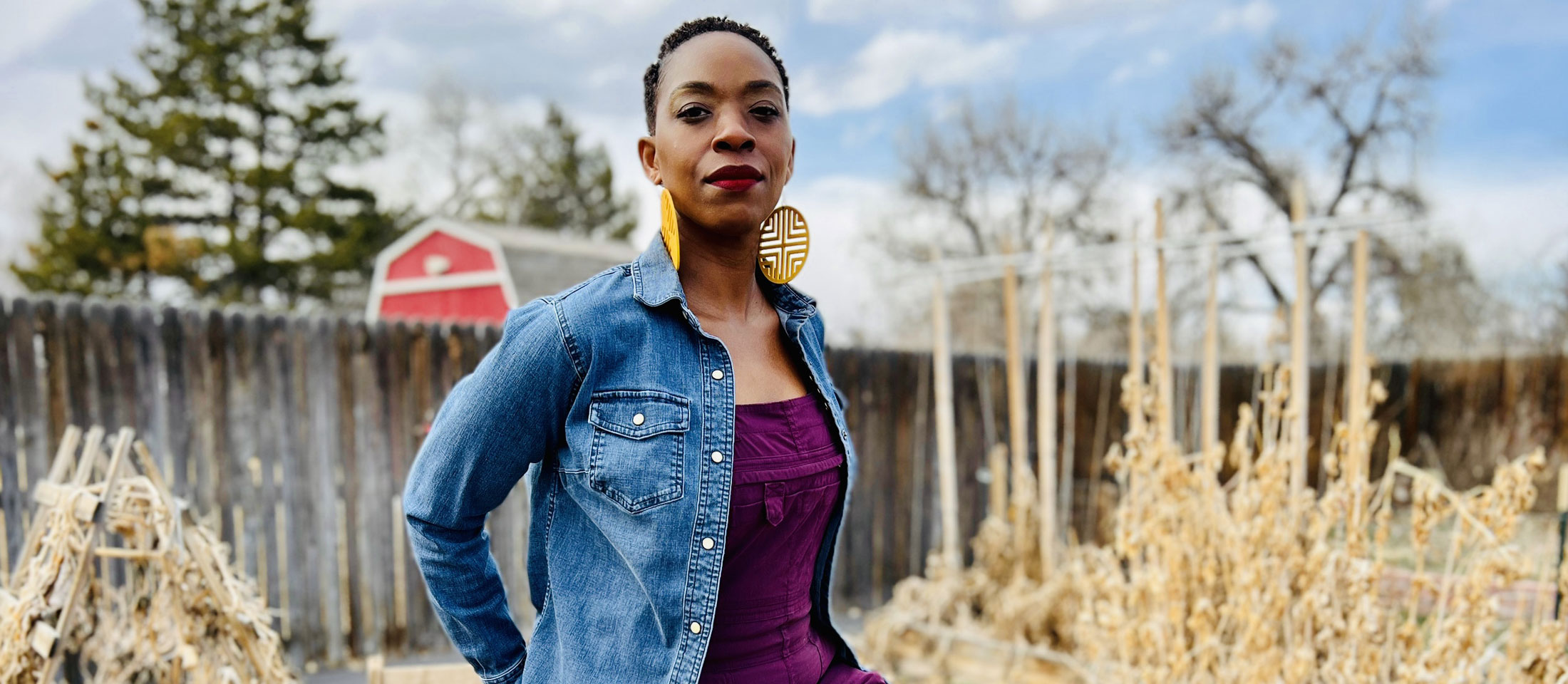
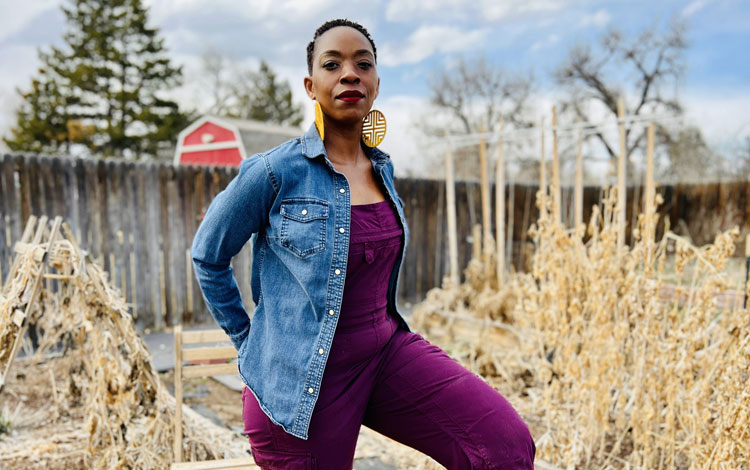
Urban farmer and aspiring designer Zephrine Hanson of Hampden Farms in Denver, Colorado. Photo by Justin Hanson.
With the course aiming to come back online in 2024, Medlin and Hanson offer here-and-now guidance to those wanting to pursue sustainable style professions that accommodate modern gardeners, agriculturalists and outdoor specialists:
Start where you live. If you’re an urban or a rural producer, look around you. Observe your community’s fashion habits. “What are the people in your town or work life wearing?” asked Medlin. “It’s up to you to identify product holes. Answer what’s missing in consumers’ wardrobe.” Once the answer is clearly defined, Medlin assures beginner designers they’re well on their way to become successful in this art form.
Seek concentrated mentors. The fashion and design industry is layered. Involving multiple breakthrough stages, according to Medlin. “The level of educational, developmental and financial support needed can be a lot to take in,” she said. Identifying professionals who have “been there and done that” makes the journey less challenging. Of course, navigating this space is a labyrinth of life learnings and lessons, but with the proper guidance, the experience can help get you closer to your personal and professional fashion goals – much quicker.
Know your consumership. What you love to create might not always tickle consumers’ fancy. “Customers need a reason to come to you,” Medlin said. “Your products may be beautiful, but is it fixing consumers’ everyday problems in design?” Hanson approaches the audience piece the old-fashioned way: She directly asks her community of their farming needs. For most, it comes down to health, especially during and post-pandemic. “Lavender and calendula have many medicinal uses and are very hearty,” Hanson said. “People want healthy solutions. I plant and harvest both because they’re lovely flowers, and great for teas and bath salts.”
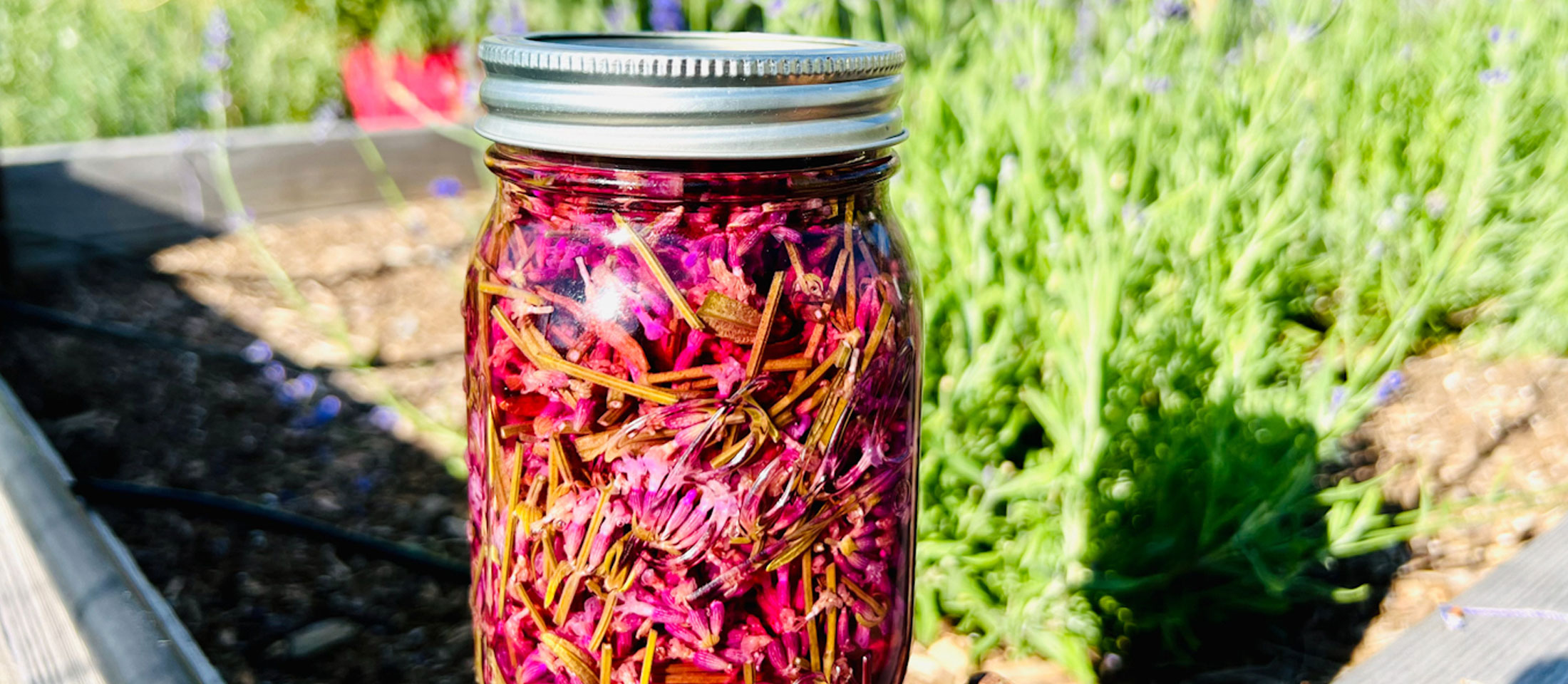
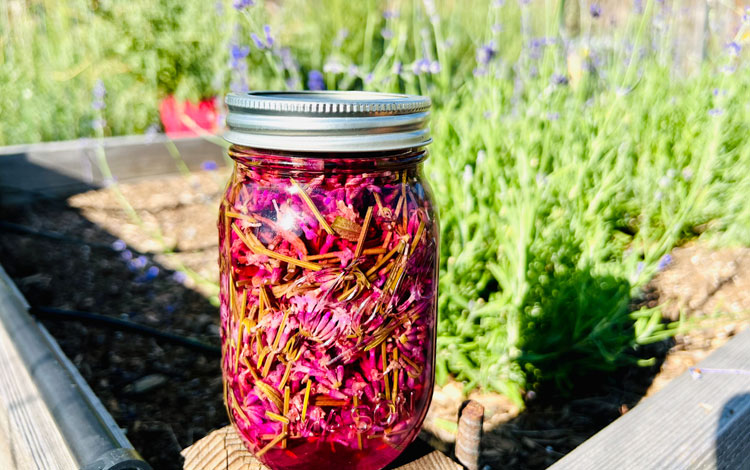
Hanson’s lavender infusion is one of the multiple products she fashions from her backyard garden. Photo by Zephrine Hanson.
Do market research due diligence. This task requires some traditional and digital digging. Medlin advises studying exactly where your designs would make the most sense for consumers to access them. For example, Bass Pro Shop vs. Target. Also, learn your competition to know what’s already out there in product design and what’s not. Depending on your style inventions, understand the article differences between utility patents vs. design patents, too. “Hampden Farms birthed from my family’s need for products to tackle eczema and Colorado’s dryness,” said Hanson. “My whipped body butter, lavender oils and calendula saps turned into value-added products for our community.”
Use social to connect with shoppers. Go straight to where consumers buy: online. Medlin’s top social media to introduce new style concepts and projects are Instagram, Pinterest and TikTok. “IG reels are top of mind nowadays to show products, processes and the people behind the fashion,” she said. Don’t leave out local media to start a buzz about your design business, either. Medlin said: “Search for business publications, design organizations and other product brands that align with what you’re trying to accomplish.” As a digital “farmer influencer,” Hanson uses LinkedIn to connect with thousands of loyal followers. She has since built an agribusiness network to share her farm’s brand story and generate new collaborative opportunities with neighboring farmers.
Compartmentalize brand aspirations. Depending on the product you’re developing, you should think strategically through these buckets over time: best materials, manufacturer, teammates and moments to scale. Luckily, Medlin engineered SMALL BIZZO as an extension of FAAS to guide startups in brand clarity. SMALL BIZZO helps contemporary entrepreneurs reach consumers effectively and consistently in today’s high-tech marketplace. Hanson adds about scalability: “When cultivating crops and even agribusinesses, growers and garden designers should know that bigger isn’t always better. I devote my farm work to lavender and calendula primarily. Each is manageable and still meets my area’s demand.”
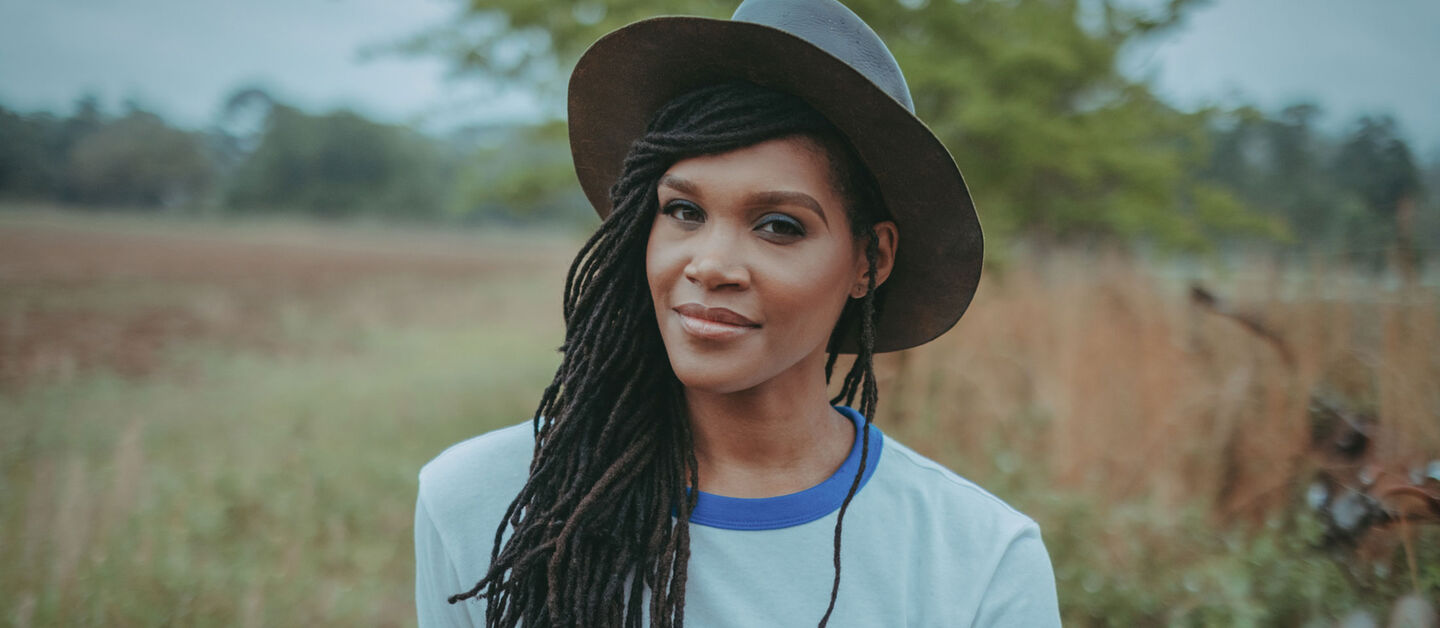
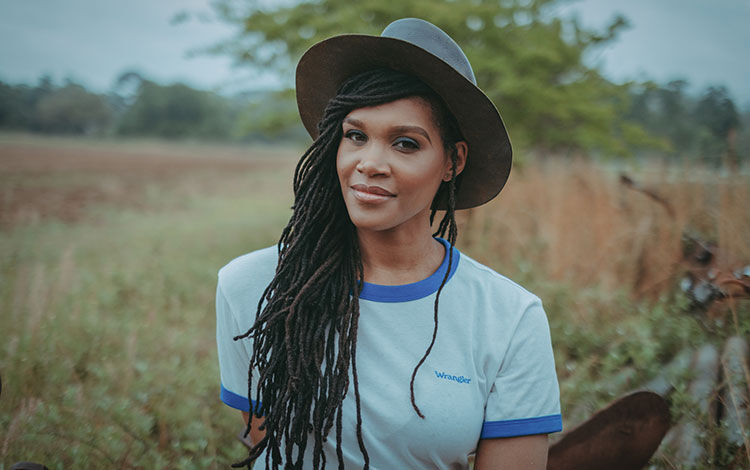
Justin’s Contributing Writer, Candace Dantes | Photo by Ivan McClellan
About Justin’s contributing writer
Candace Dantes is a fourth-generation farm girl and award-winning journalist based in the Georgia Black Belt Region. Currently, the print-to-digital content creator serves as communications director for national not-for-profit Outdoor Afro. She previously served as project manager and education journalist for U.S. Department of Agriculture research grant Black Farmers’ Network.